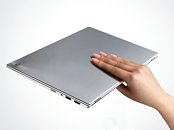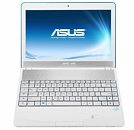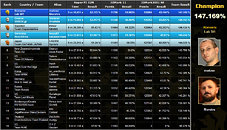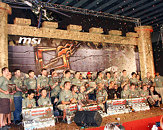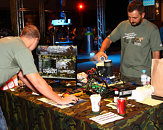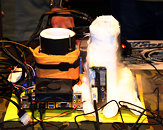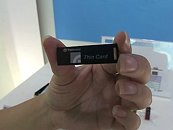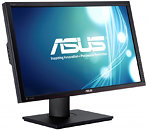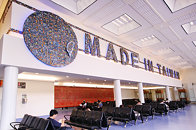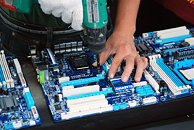
Logitech Introduces TAA-Compliant Keyboard and Mice For U.S. Federal Agencies
Logitech today introduced its first TAA-compliant products - a keyboard, two mice and a keyboard/mouse combo - for U.S. federal agencies covered by the Trade Agreements Act. The Trade Agreements Act of 1979 (TAA) requires federal agencies to purchase products, including computer peripherals, that are made in the United States or other designated countries.
Logitech, a world leader in computer peripherals, is now meeting the needs of federal IT buyers with four TAA-compliant products manufactured in Taiwan: The Logitech Keyboard K120-TAA, with a spill-resistant corded USB design, for $19.99; The Logitech Mouse B100-TAA, with high-definition optical tracking and a corded USB connector, for $14.99;The Logitech Mouse B120-TAA, which adds a corded PS/2 connector in addition to USB, for $19.99; and The Logitech Desktop MK120-TAA, a combo of the Logitech Keyboard K120-TAA and the Logitech Mouse B100-TAA, for $34.99.
Logitech, a world leader in computer peripherals, is now meeting the needs of federal IT buyers with four TAA-compliant products manufactured in Taiwan: The Logitech Keyboard K120-TAA, with a spill-resistant corded USB design, for $19.99; The Logitech Mouse B100-TAA, with high-definition optical tracking and a corded USB connector, for $14.99;The Logitech Mouse B120-TAA, which adds a corded PS/2 connector in addition to USB, for $19.99; and The Logitech Desktop MK120-TAA, a combo of the Logitech Keyboard K120-TAA and the Logitech Mouse B100-TAA, for $34.99.





